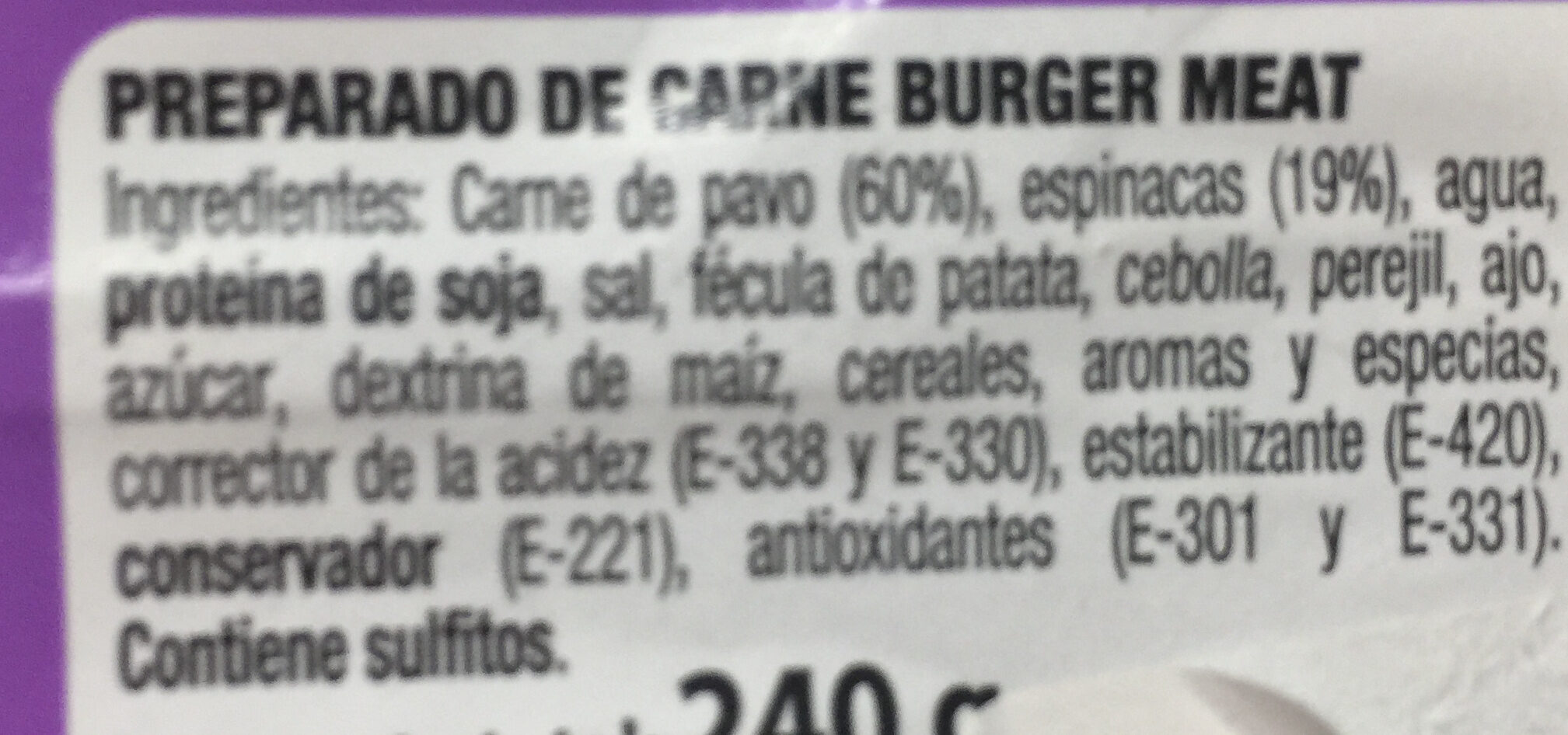Burger pavo/espinaca - - 240 g
Aquesta pàgina del producte no està completa. Podeu ajudar a completar-la editant-la i afegint-hi més dades a partir de les fotos ja disponibles, o fent-ne més amb l'aplicació de androide o iPhone / iPad. Gràcies!
×
Codi de barres: 235045190000100150001500
Quantitat: 240 g
Categories: Sanvitxos, Hamburgueses
Països on es va vendre: Espanya









